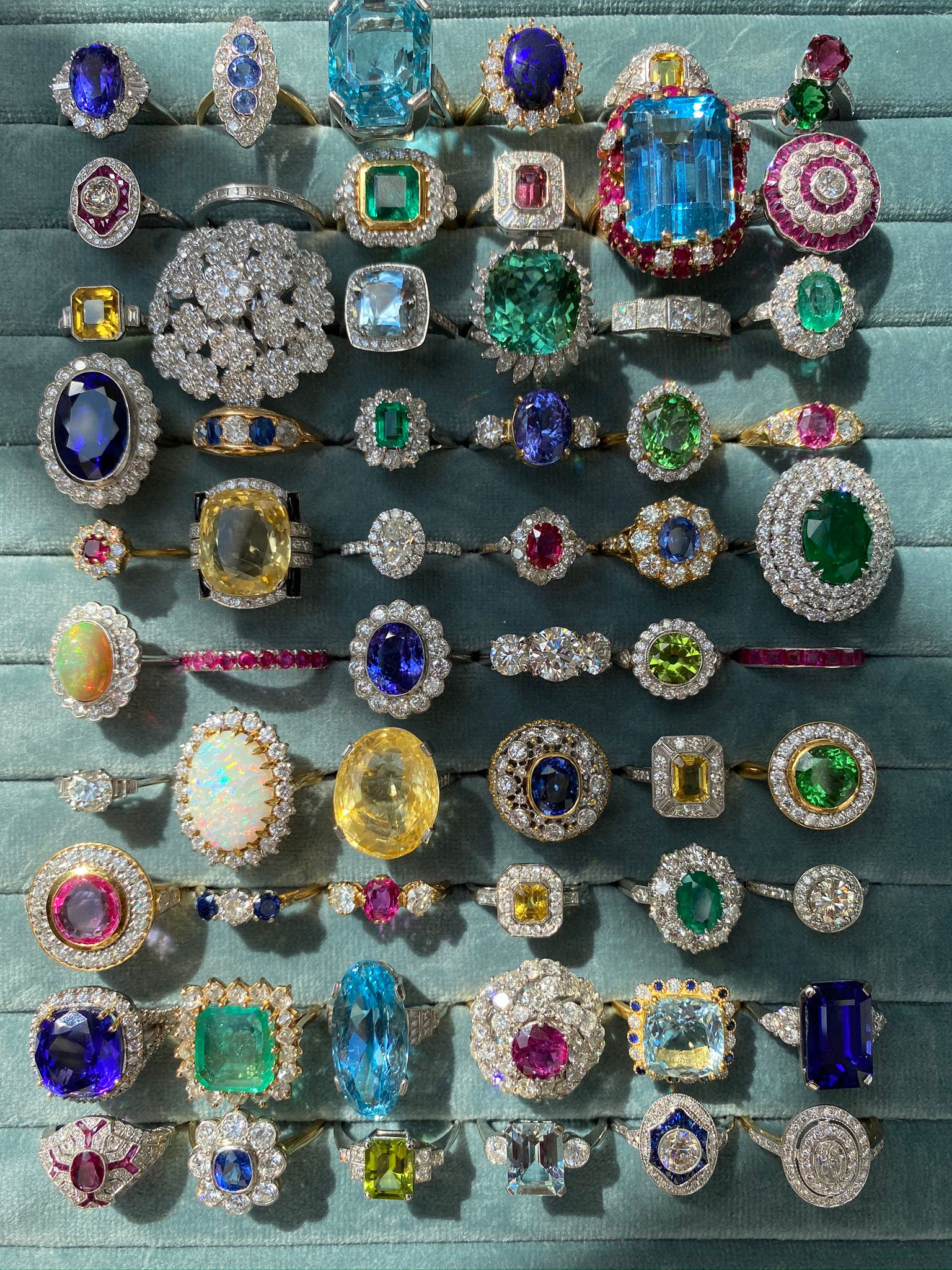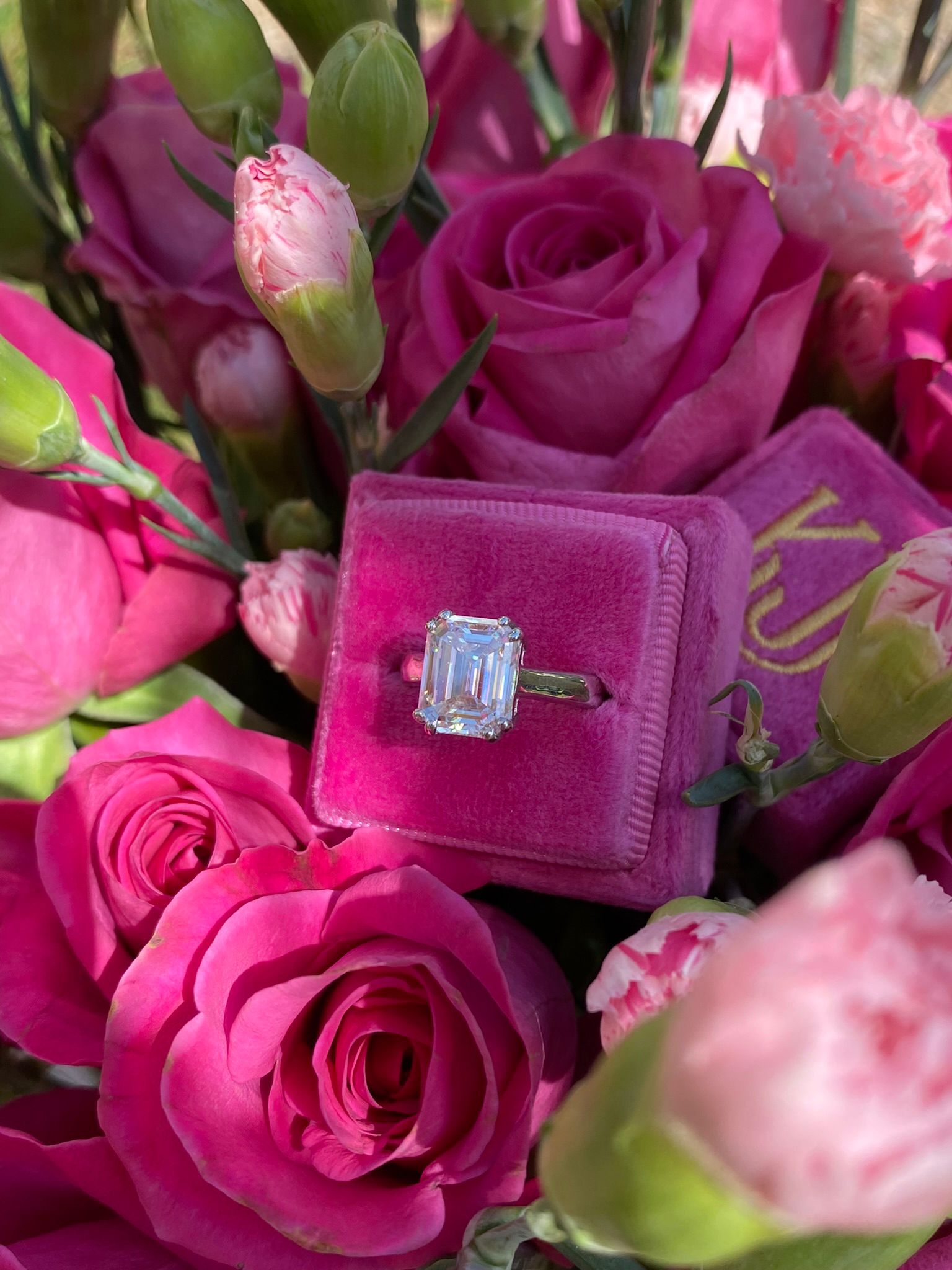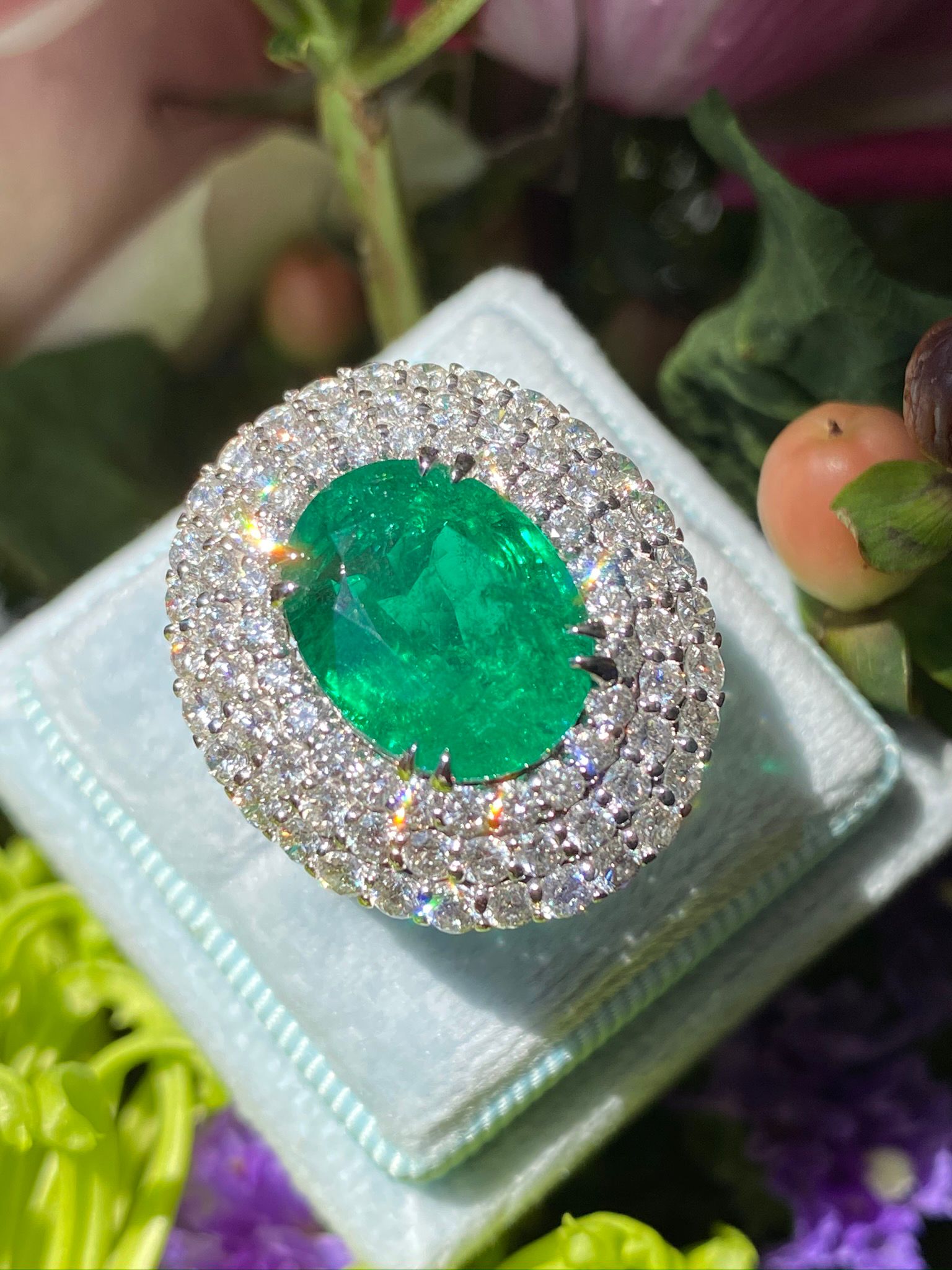The Universe Stone
Why Opals are Still One of the World's Most Mysterious Gemstones

The History of Opal
There’s no question that Opals are one of the most unique gemstones on Earth. For centuries, their phenomenal qualities have been compared to some of the most majestic and mysterious entities in the world, including galaxies, volcanoes, fireworks, and of course, true love. In ancient Rome, the gem was given the name “Opalus,” meaning precious stone, and they considered this rare gem, which they were absolutely fascinated by, the pinnacle of ultimate love and hope.
“Some opali carry such a play within them that they equal the deepest and richest colors of painters. Others…simulate the flaming fire of burning sulphur…and even the bright blaze of burning oil.” –Pliny, a Roman scholar, 75 AD
Throughout history many have been convinced that the kaleidoscopic colours often seen in Opal made it the most valuable and powerful gem of all. They compared it to the power of the whole universe, since it contained the hues of every other precious stone. This phenomenal effect is referred to as an Opal’s play-of-colour and the shades displayed, as well as their pattern, can greatly affect an Opal’s value.
To learn how Opals are formed in nature and their Sources, watch our YouTube video.
How to Evaluate an Opal
When it comes to value, the most important factor is how bright and vivid its play-of-colour effect is, and how well it stands out against the rest of the gem, without any cloudy or milky haziness. Next in importance, is how many different colours are displayed. An Opal which includes the entire spectrum of the rainbow is very rare, with red and orange being the most rare and desired hues, and green and blue generally considered more common. For example, even if an Opal only shows one or two colours, but displays large patches of red, it is still considered quite desirable.
An Opal’s background colour or “base colour” can also vary widely and have a huge effect on its value. White Opals with subtle play-of-colour have been the mainstream in the Western world for decades, and are surely one of the most common varieties which make up the bulk of commercial quality Opal jewellery. However, White Opal is available in excellent qualities, with the best having sharp and vivid play-of-colour with a full spectrum of colours and a crisp pattern.
What is the Most Valuable Opal?
Opals with very dark background colours, which appear an opaque black in reflected light, including green, blue, brown, dark grey and actual black are all considered Black Opals, and are the most prized of any specimen. Since their dark base colours are ideal for showing off vibrant play-of-colour, they’re considered the crown of the Opal world, and exceptional specimens can rival any other gem and sell of tens of thousands of pounds.
However, Opals can also have a transparent to translucent background (often referred to as “Crystal” or “Water” Opals), as well as a wide range of yellow, orange and red base colours, which are Fire Opals. Keep in mind that not every Fire Opal contains play-of-colour, but their vibrant hues, which is believed to be caused by trace iron oxide, still make them quite valuable and sought-after.
To learn more about Fire Opals, watch our YouTube video.
Opal's Play-of-Colour Patterns
If all the colour possibilities weren’t complicated enough, Opals are also evaluated for the patterns of colour they display. This ranges from minimal phenomenon, which looks like small dots of colour and is referred to as “pinfire,” to large patches or “flashes” of play-of colour to the most desired, which is “harlequin.” Harlequin play-of-colour is the most even and well-balanced, and of course also the most rare and valuable. It shows large, near-rectangular-shaped patches of colour, which are uniform and tightly arranged, like a checkerboard or actual harlequin diamond pattern.
What are Common Opals?
Play-of-colour refers to ‘precious’ Opal, but not every Opal displays this phenomena. “Potch Opal” or common Opal, are stones without play-of-colour, but can still come in a variety of beautiful colours, including Peruvian Pink and Blue Opals, and are often still used in jewellery and other fine objects.
One of the characteristics which makes Opals so unique in the gem world, is that they do not have a crystal structure. Instead, they are considered amorphous, and contain a high percentage of water. If you were to look at a precious Opal under 30000x magnification, you would see a perfect, symmetrical stack of tiny spheres made of silica, which is composed of silicone and oxygen. The uniformity of this stack of spheres is what allows light to be broken into spectral colours, which creates an Opal’s trademark rainbow play-of-colour effect. Opals that have an irregular grouping of spheres of all different sizes are common Opals, and do not display phenomenon.
How to Care for Opals
Since Opals contain a lot of water, they can be prone to damage from moisture-loss. If they’re exposed or stored with excessive heat, dryness or bright light, they can suffer from crazing, which appears like a host of tiny spider web-like cracks on the surface of the gem. Instead, always store them in a dark, cool place and preferably in a silk pouch, which will not only protect them from being scratched by other jewels, but will also protect their moisture content. Since nearly all Opals are cut as cabochons to show off their play-of-colour, they must be worn with care since as a softer gem (they’re a 5.5-6 on the Mohs Hardness scale with fair to low toughness) they can be prone to damage if accidentally hit or scraped.
Overall, it is clear that Opals are a highly complex gem with one of the widest ranges of value in the gem world. Their status as a non-crystalline, phenomenal gem, which scientists are still not 100% sure how or when they were formed still makes them one of the most mysterious and alluring jewels, with a mystical history, passionate fanbase and enormous scale for value. Undoubtedly, regardless of how you take your Opals, they have an indisputable and highly revered place in any jewellery collection.




